Sous Vide - First Impressions
foodonastump
13 years ago
Related Stories
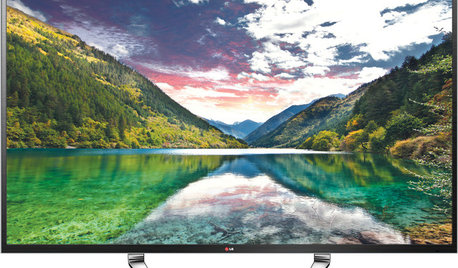
HOME TECHIf ‘High-Def’ TV Isn’t High Enough, Maybe You Need Ultra-HD
The ultra-luxury next generation of TV, called Ultra-HD, is finally here. And so is the first content, if you know where to look
Full Story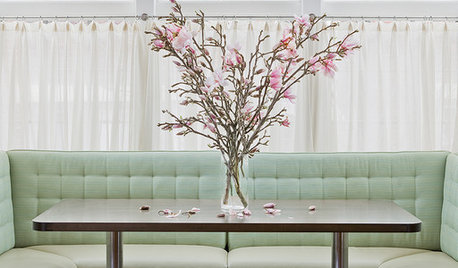
KITCHEN DESIGNPaging All Foodies: Your Banquette Is Ready
Please follow us to these 7 gorgeous dining nooks designed for everything from haute cuisine to s'mores
Full Story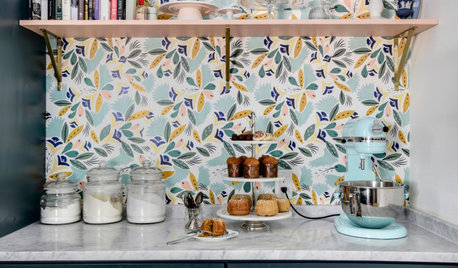
KITCHEN DESIGN12 Items Worth a Spot on Your Kitchen Counter
Keep these useful tools and accessories out in the open to maintain high function without spoiling the view
Full Story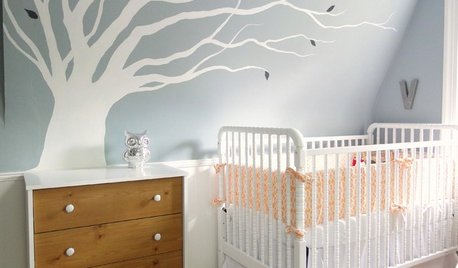
MORE ROOMSNursery Essentials: What You Really Need
Before you go all out decorating your baby's room, find out what you'll actually want in there
Full Story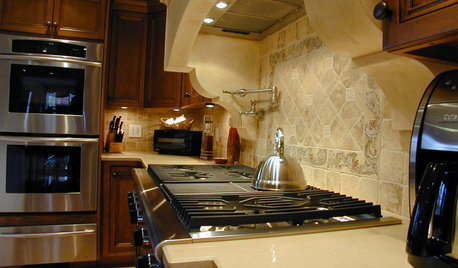
KITCHEN DESIGN8 Kitchen Design Tips for Foodies
If you own at least one pricey knife and have a slew of kitchen tools, you’ll want to read this
Full Story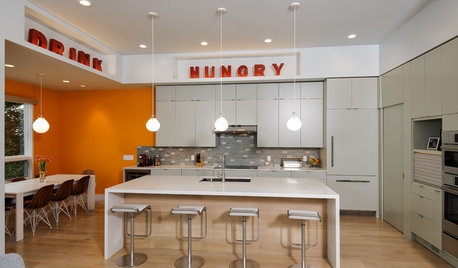
HOUZZ CALLShow Us the Best Kitchen in the Land
The Hardworking Home: We want to see why the kitchen is the heart of the home
Full Story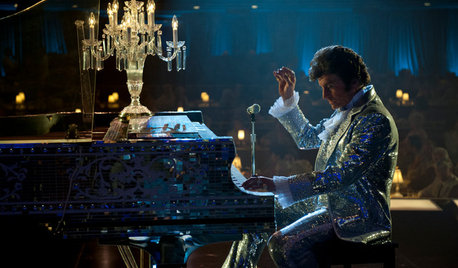
FUN HOUZZDo You Dare Bring Home Some Liberace Razzle-Dazzle?
A new HBO movie highlights the ultimate showman's over-the-top bling all around the house
Full Story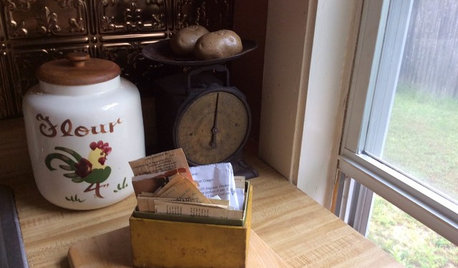
KITCHEN DESIGN5 Home Cooks Share Their Favorite Family Recipes
Peek inside the kitchens of these Houzz users and learn how to cook their time-tested, passed-down dishes
Full Story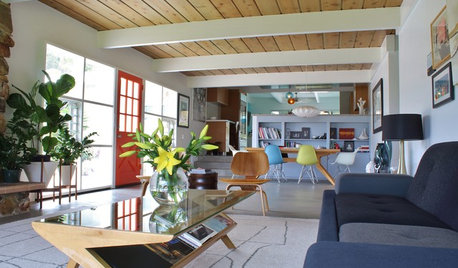
HOUZZ TOURSMy Houzz: Cool, Creative Midcentury Style
Art, simple tweaks and timeless furnishings give a 1958 classic in Del Mar a new spin
Full Story




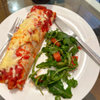

ann_t
dcarch7 d c f l a s h 7 @ y a h o o . c o m
Related Discussions
Sous vide tips
Q
Sous Vide, take 2, 3, 4...
Q
DCarch - Some sous vide questions
Q
Sous Vide Cont’d: A Newbie’s Experiences; Please share Tips & Recipes!
Q
John Liu
caliloo
dcarch7 d c f l a s h 7 @ y a h o o . c o m
dedtired
foodonastumpOriginal Author
jakkom
dcarch7 d c f l a s h 7 @ y a h o o . c o m
dcarch7 d c f l a s h 7 @ y a h o o . c o m
jimster
jojoco
dcarch7 d c f l a s h 7 @ y a h o o . c o m
arley_gw
jojoco
foodonastumpOriginal Author
ruthanna_gw
jimster
arley_gw
foodonastumpOriginal Author
lindac
foodonastumpOriginal Author
dcarch7 d c f l a s h 7 @ y a h o o . c o m
dcarch7 d c f l a s h 7 @ y a h o o . c o m
foodonastumpOriginal Author
dcarch7 d c f l a s h 7 @ y a h o o . c o m
foodonastumpOriginal Author
lindac
dcarch7 d c f l a s h 7 @ y a h o o . c o m
lindac
dcarch7 d c f l a s h 7 @ y a h o o . c o m
Charcuterie
dcarch7 d c f l a s h 7 @ y a h o o . c o m
Charcuterie
dcarch7 d c f l a s h 7 @ y a h o o . c o m